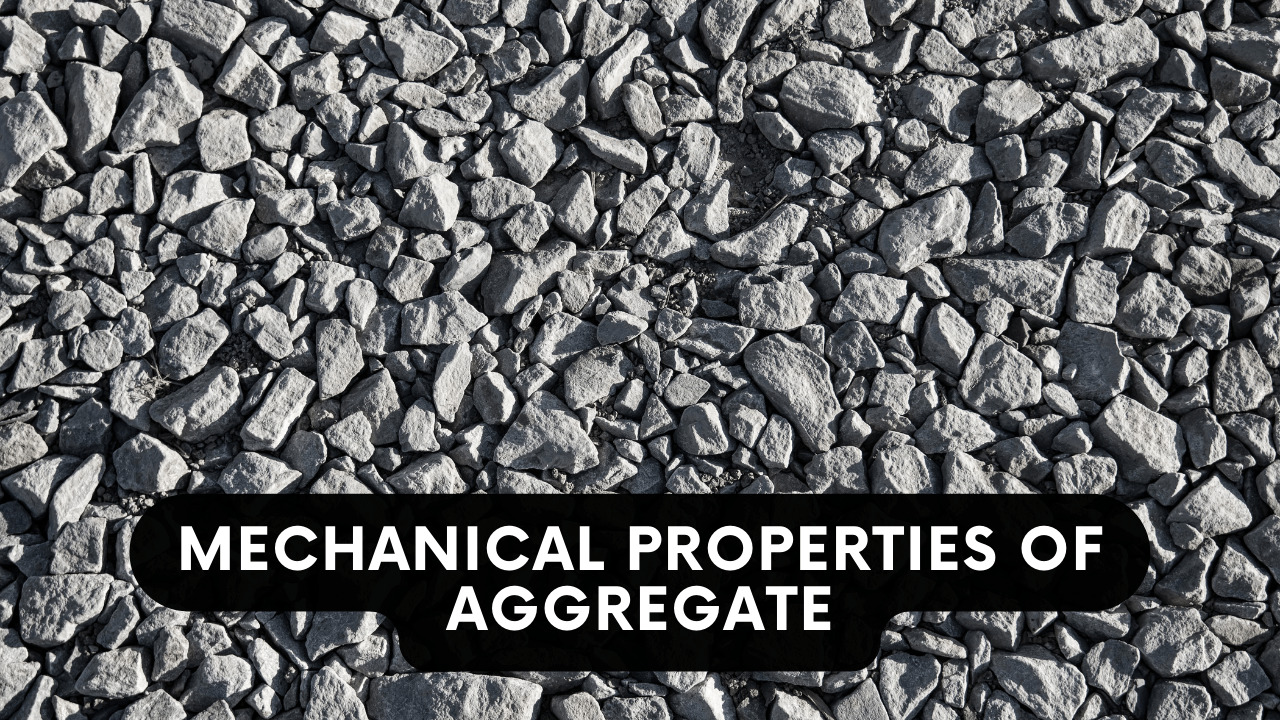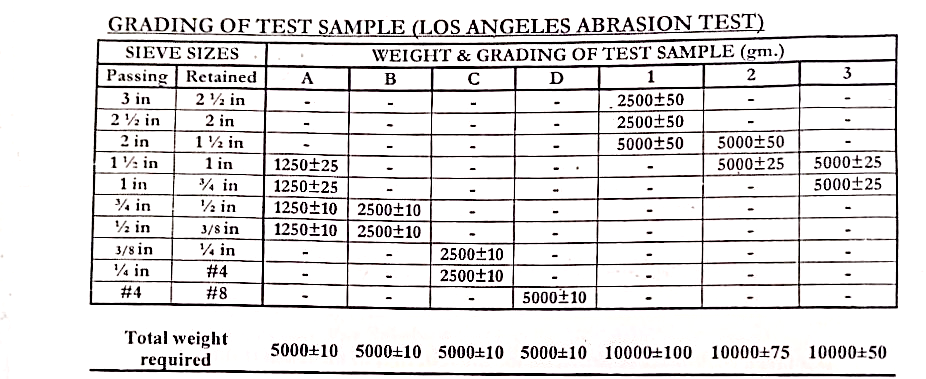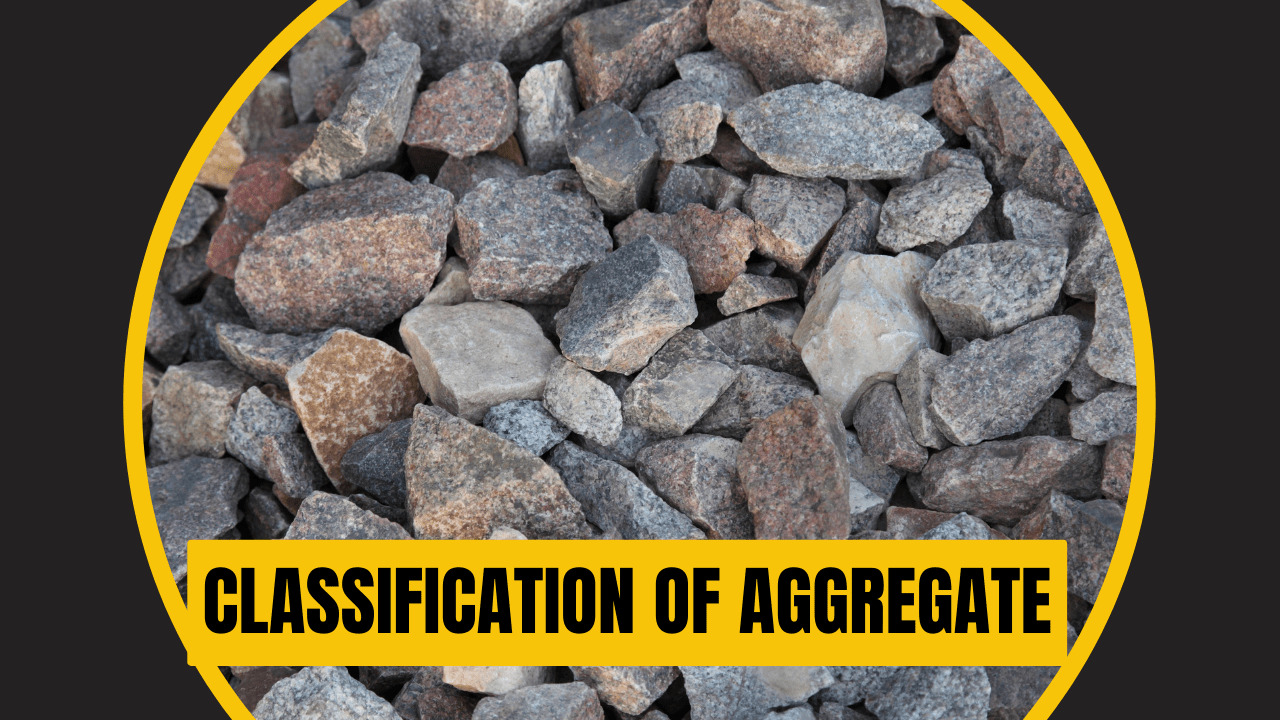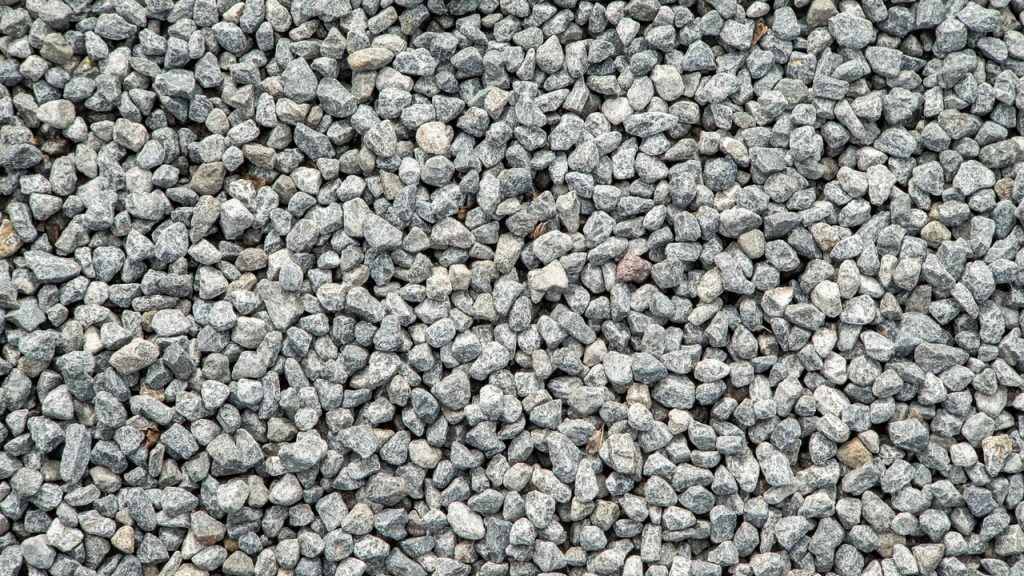Concrete, in general, is a concoction of cement, aggregates and water. Each of these components accounts for a particular purpose or target. However, the liability of imparting strength and durability to concrete rests on aggregates, the coarse ones in particular.
This is owing to the fact that aggregates contribute to 60-80% of concrete volume. Lucidly speaking, the type and quality of aggregates should never be bargained for economy. This is because faulty aggregates prove malignant for concrete life and early strength, too.
For this reason, the standards have also specified the properties of aggregates prior to their usage. These properties can be physical or chemical.

Table of Contents
1)Compressive Strength
The maximum strength shown by aggregates when subjected to compression gives their compressive strength. It is to be remembered that crushed stones are obtained from by squashing large-sized boulders. Therefore, aggregates are intrinsic materials and their compressive strength depends largely on the rock type that is crushed (for coarse aggregates). Additionally, concrete made from an aggregate sample is likely to have lesser strength when compared to the strength of the aggregates separately.
Experimental determination of compressive strength of coarse aggregates
Aggregate Crushing Value Test
It is used to find out the strength of an aggregate sample under a steady, compressive load. The load application must be gradual persistent to allow the sample to deform gradually. The test gives a percentage value called the aggregate crushing value (ACV) which relatively measures the resistance shown by aggregates when crushed under compression.
Standard Followed:
BS: 812-110: 1990 (British Standards) (Appendix-2 Page-69)
Specifications of Test Sample:
- The aggregate sample must pass through a 14mm sieve and should retain on 10mm sieve.
- The test limits the ACV value of sample to be less than 30. In case the value exceeds 30, Ten Percent Fines Value (TFV) Test should be carried out on the sample. This is because the test is likely to give misleading results for weak aggregates.
- Oven-dried aggregates must be used. However, the aggregates must not be dried at temperature exceeding for more than 4 hours.
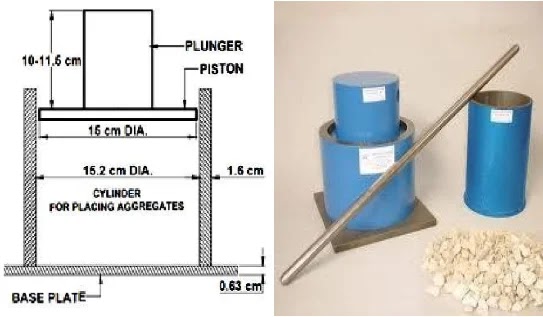
Test Procedure
- The aggregate sample is filled in a cylinder in 3 layers, rodding each layer with 25 strokes using a tamping rod. This helps compact the sample and removes seemingly large inter-particle voids.
- Weigh the aggregate sample placed in cylinder and denote it by .
- Prior to placing the plunger over the cylinder, ensure that the top surface is levelled.
- Place the cylinder under compression testing machine and load the sample at a uniform rate such that applied force reaches in . The sample will crush.
- Pass the crushed sample through 2.36mm sieve and note down the sample weight passing through the sieve as .
- The aggregate crushing value is calculated as,

General Outcomes
- Greater is the aggregate crushing value, softer is the aggregate sample and vice versa. This is suggestive of the fact that the resistance of aggregates to crushing is less. Therefore, the strength of such a sample is also less.
- Aggregates having relatively less ACV can be used in wearing surfaces of pavements.
2)Hardness
Hardness of a material is its resistance to abrasion or scratching. In other words, when a material is loaded in the plastic zone, the localized opposition it offers to plastic deformation is a manifestation of its hardness.
Experimental determination of hardness of coarse aggregates
For coarse aggregates, the hardness can be assessed through Los Angeles Abrasion Value (LAAV) Test. This test gives the percentage wear of aggregates when they are revolved in a cylinder and loaded with abrasive charges.
Standard Followed:
ASTM C131 or AASHTO T 96
Specifications of Test Sample:
- The aggregate sample should be representative and should conform to any of the grading given in subsequent table.
- The number of abrasive charges and the number of revolutions to be given to the cylinder depend on the aggregate grading. Once the grading is specified, the following table can be consulted.
Test Procedure
- Weigh the original aggregate sample and note the value as .
- Place the sample in the cylinder along with abrasive charges and rotate the machine for the required number of revolutions already determined.
- Take out the material from the cylinder and sieve through #12 US Sieve.
- Wash, oven dry and weigh the material coarser than #12 sieve. Note this weight retained on the sieve as .
- The LAAV is calculated as,
General Outcomes
- Larger is the Los Angeles Abrasion Value, softer is the aggregate and vice versa.
- LAA value is intrinsically a material property and will remain same for two aggregate samples taken from the same source. This is because an increment in the size of particles is accompanied by an increase in the number of abrasive charges and the number of revolutions per minute.
- Knowing the LAAV, the quality of aggregates can be predicted and likewise, they can be employed in different courses of a pavement depending on their hardness. The aggregates used in base course are relatively harder than those used in sub-base course. This is due to the fact that the stresses, induced by the loading on the pavement, are more in base course and as we move to the sub-base course, the influence area of load increases, thereby reducing the stresses. Therefore, relatively less hard aggregates may serve the purpose rightly.
3)Toughness
When a material is loaded in increments, after a certain load it starts to deform plastically. The ability of a material to withstand the loading by deforming in the plastic range without getting fractured or failed is called toughness.
Experimental determination of toughness of coarse aggregates
The toughness of coarse aggregates can be evaluated by ‘Aggregate Impact Value Test’. This test consists of subjecting an aggregate sample with an impact load. This is unlike the aggregate crushing value test in which the sample is gradually loaded.
Standard Followed:
BS 812- Part 112-90
Specifications of Test Sample:
- The aggregate sample should pass sieve and retain on sieve.
- Prior to testing, the sample should be dried in an oven for a period not exceeding 4 hours at a temperature not more than after which the sample should be cooled.
Test Procedure
- Fill the test cup with the aggregate sample in three equal-depth layers whilst tamping each layer with 25 strokes of tamping rod.
- Level the top of cup with a straight edge and measure the net weight of aggregates in the cup. Note this value as .
- Firmly fix the cup in position at the base of the impact testing machine and strike the top surface once again with 25 blows of tamping rod.
- Raise the hammer to a certain height (about 15 inches above the top surface of cup containing aggregates) and allow it to fall freely and exert an impact load on the sample. Repeat this process for 15 times.
- Remove the material from cup and pass it through 2.83mm sieve. Note the fraction passing the sieve as .
- The aggregate impact value (AIV) is mathematically calculated as,
General Outcomes
- Smaller is the aggregate impact value, tougher is the material. This is because the fraction that passes through 2.83mm sieve is actually the crushed material that otherwise was a part of aggregate particle/s. More is the fraction finer than this sieve; less tough the material is.

